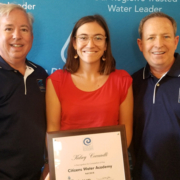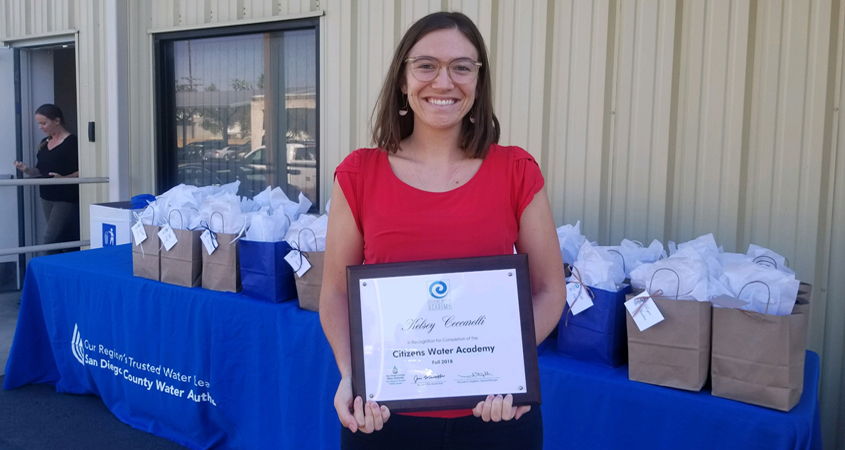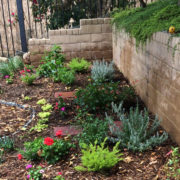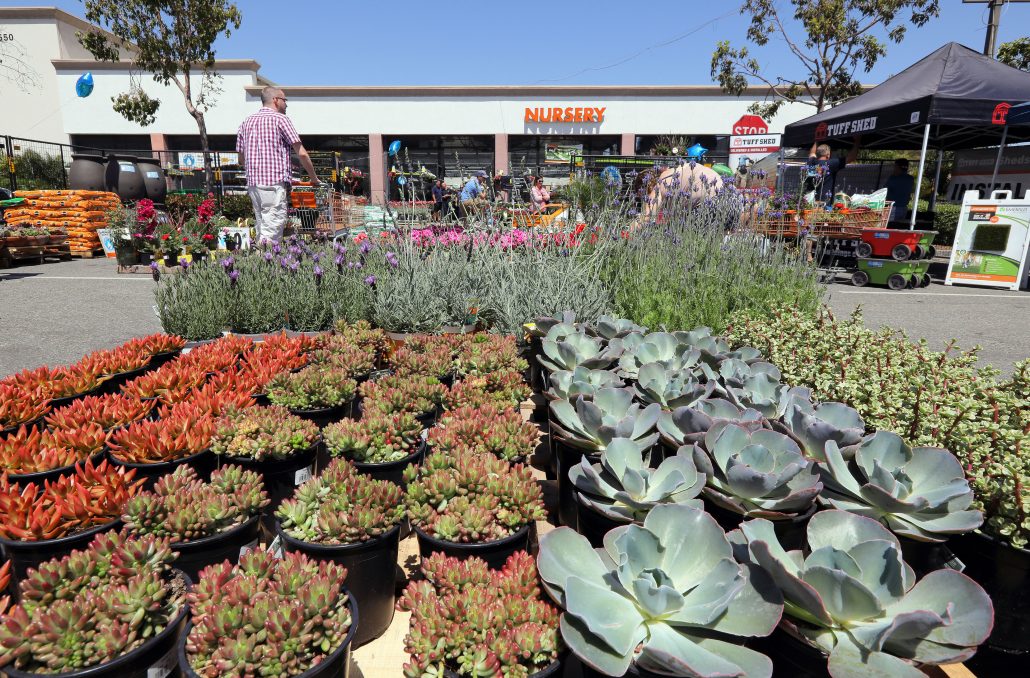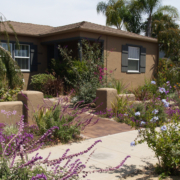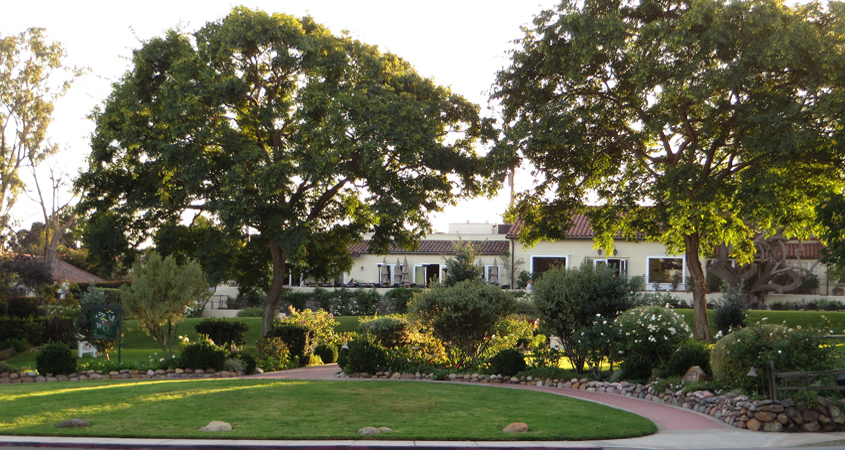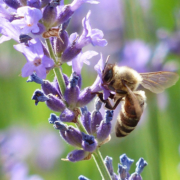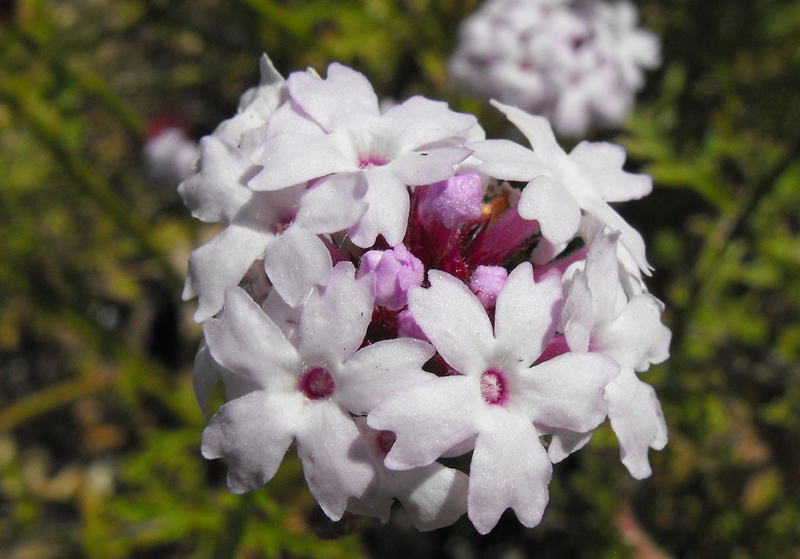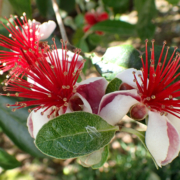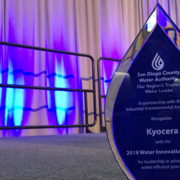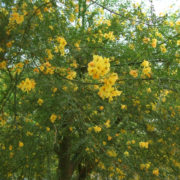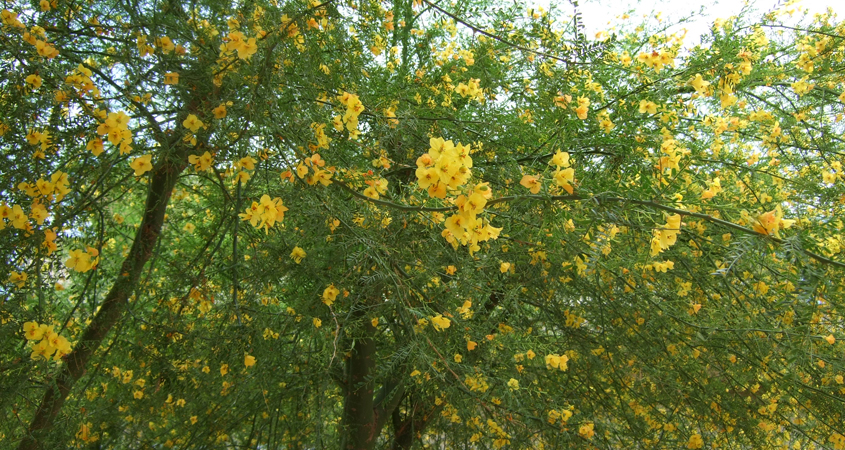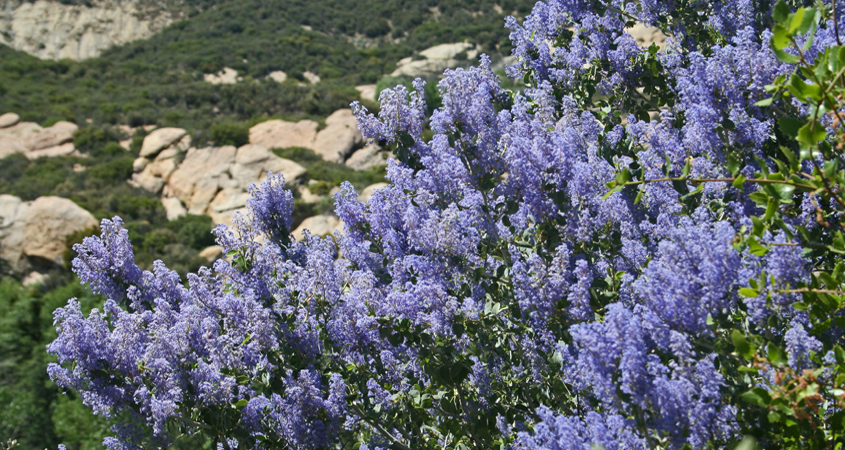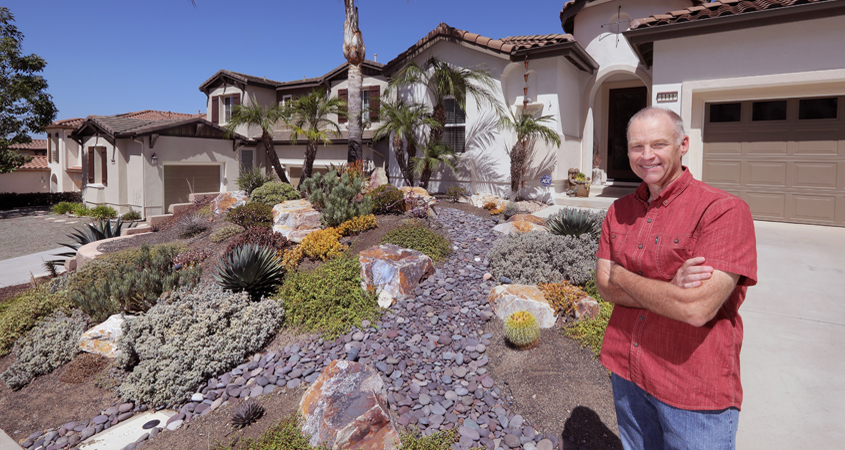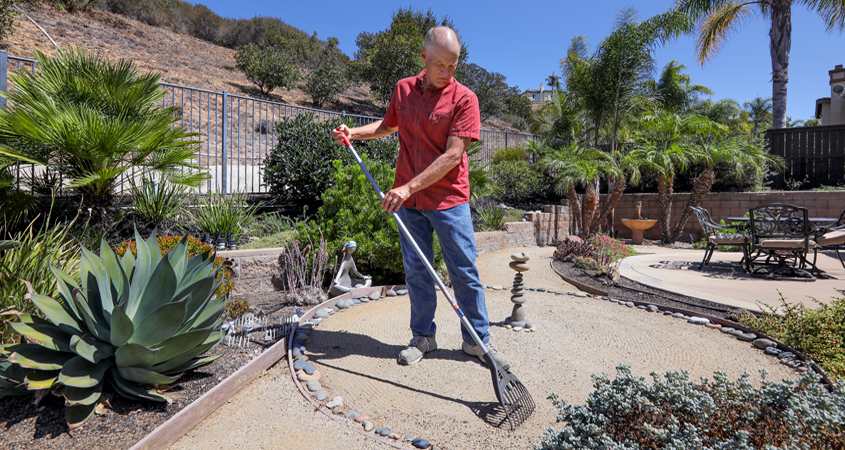Water Authority’s Outreach Efforts Honored
The San Diego County Water Authority received two first place awards and a second place award for its public outreach and education at the 2018 San Diego Press Club’s 45th annual Excellence in Journalism Awards. The event took place at the Jacobs Center for Neighborhood Innovation’s Joe and Vi Jacobs Community Center on October 30.
San Diego’s finest reporters, photographers, writers, artists, and communicators were honored with the region’s top awards.
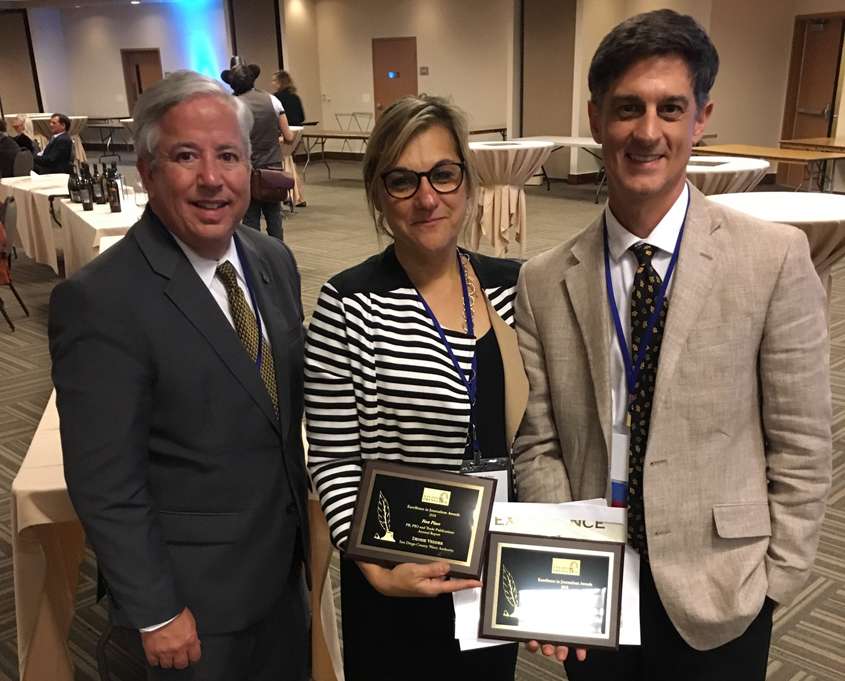
Left to right: Water Authority Assistant General Manager Dennis Cushman, Public Outreach and Conservation Director Denise Vedder, and Public Affairs Supervisor Mike Lee accepted the agency’s San Diego Press Club awards on Oct. 30. Photo: Water Authority
The Water Authority received the following Press Club awards:
Websites, Public Service or Consumer Advocacy Site: First Place, Water News Network
Websites, Blog by Corporation or Group: Second Place, Water News Network
Public Relations and Trade Publications, Annual Report: First Place for the 2017 Annual Report titled Pioneering. Visionary. Agile. Driven.
“The San Diego Press Club Excellence in Journalism awards shows that solid research, writing, reporting and photography matter more than ever,” said Kristen Castillo, 2018 Press Club president. “I’m proud our organization honors student and professional journalists and public relations professionals in San Diego.”
The San Diego Press Club’s journalism awards program is among the largest regional competitions of its kind in the nation. A total of 478 awards were presented in 188 categories, with a record number of entries. Press Club officials say entries continue to be robust from a diverse array of media and public relations professionals.
Judges included members of press clubs in San Francisco, Los Angeles, New Orleans, Rochester, Florida, Cleveland, Orange County, Milwaukee, Tulsa and Alaska.
Water News Network receives Award of Merit
Earlier this month, the Water Authority’s Water News Network received an Award of Merit for External Websites at the 26th annual Edward L. Bernays Mark of Excellence Awards ceremony on October 25, hosted by the San Diego/Imperial Counties Chapter of the Public Relations Society of America.
“As communication pros, we spend most of our time highlighting our clients and executives. The Bernays Awards are a unique opportunity for our fellow professionals to be recognized for all of their contributions and tremendous efforts,” said Jenny Corsey, chapter president.
Named after Edward L. Bernays, the “father of public relations,” the awards were open to all agencies and organizations in San Diego and Imperial Counties. They recognize excellence in public relations campaigns and tactics in a range of categories including media relations, community relations and public affairs. Members of the West Michigan PRSA Chapter judged all award entries.


